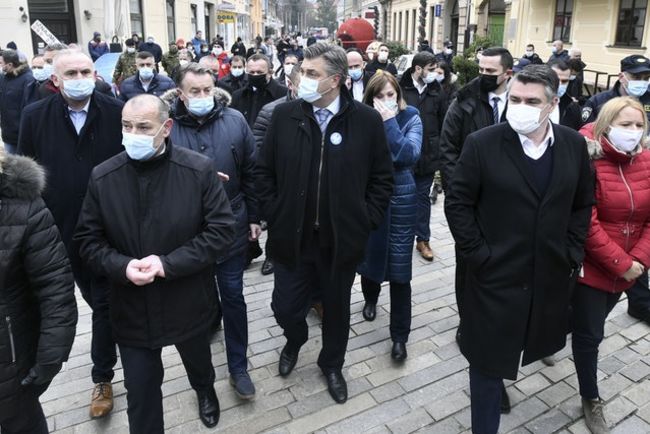
Croatia: At least 6 dead (AND A CAT) in huge earthquake felt as far as Vienna and Munich
Tuesday 29 December 2020,
At least six people have died - among them a 12-year-old girl - after a powerful earthquake hit central Croatia, causing widespread damage to homes and buildings in a town near the capital Zagreb.
Authorities said dozens more have been left injured.
The European Mediterranean Seismological Centre said an earthquake of 6.3 magnitude hit 46 kilometres (28 miles) south-east of Zagreb.
The earthquake has also caused widespread damage, collapsing roofs, building facades and even some entire buildings, according to local reports.
The same area was struck by a 5.2 quake on Monday and several smaller aftershocks were felt on Tuesday.
Croatian state broadcaster HRT said a girl died in the earthquake in Petrinja, a town south east of the capital that was hit hardest by the earthquake.
Other Croatian media also reported the death, quoting the town’s mayor.
"The centre of Petrinja as it used to be no longer exists," HRT said in its report.
This is like Hiroshima - half of the city no longer exists Darinko Dumbovic, mayor of Petrinja
"One girl died and there are injuries and people inside collapsed buildings."
"My town has been completely destroyed, we have dead children," Petrinja mayor Darinko Dumbovic said in a statement broadcast by HRT TV.
"This is like Hiroshima - half of the city no longer exists."
"The city has been demolished, the city is no longer liveable,” he said. “We need help.”Croatian prime minister Andrej Plenkovic, and President Zoran Milanovic, right, inspect damage caused by an earthquake in Sisak, Croatia
Croatian prime minister Andrej Plenkovic and other government ministers arrived in Petrinja after the earthquake.
The regional N1 television reported live on Tuesday from Petrinja, which was hard-hit in the Monday quake, that a collapsed building had fallen on a car.
The footage showed firefighters trying to remove the debris to reach the car, which was buried underneath.
In Petrinja, streets were littered with fallen bricks and dust and many houses were completely destroyed.
The Croatian military was deployed in Petrinja to help with the rescue operation

A damaged roof caused by an earthquake in Sisak, Croatia
Credit: AP
Croatian seismologist Kresimir Kuk described the earthquake as "extremely strong", far stronger than another one that hit Zagreb and nearby areas in spring.
He warned people to keep out of potentially shaky, old buildings and move to the newer areas of the city because of the aftershocks.
In Zagreb, people ran out into the streets and parks in fear.
Many were reportedly leaving the city, ignoring a travel ban imposed because of the coronavirus outbreak.
Croatian seismologist Kresimir Kuk described the earthquake as "extremely strong", far stronger than another one that hit Zagreb and nearby areas in spring.
He warned people to keep out of potentially shaky, old buildings and move to the newer areas of the city because of the aftershocks.
In Zagreb, people ran out into the streets and parks in fear.
Many were reportedly leaving the city, ignoring a travel ban imposed because of the coronavirus outbreak.
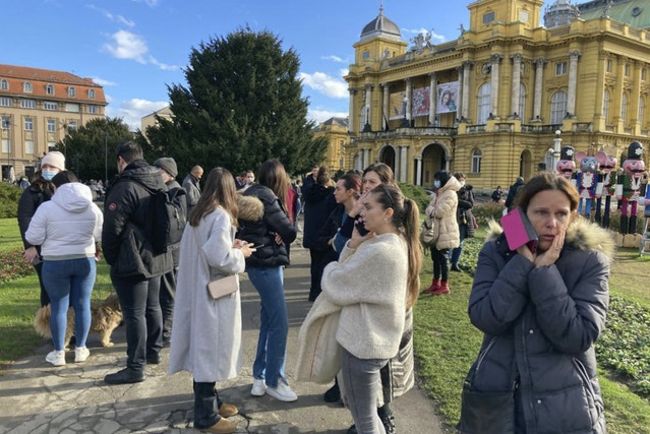
Residents gather outside in central Zagreb after an earthquake
Credit: Filip Horvat/AP
The earthquake on Tuesday was felt throughout the country and in neighbouring Serbia and Bosnia.
It was even felt as far away as Graz in southern Austria, the Austria Press Agency reported.
Authorities in Slovenia said the Krsko nuclear power plant was temporarily shut down following the earthquake.
The power plant is jointly owned by Slovenia and Croatia and located near their border.
The earthquake on Tuesday was felt throughout the country and in neighbouring Serbia and Bosnia.
It was even felt as far away as Graz in southern Austria, the Austria Press Agency reported.
Authorities in Slovenia said the Krsko nuclear power plant was temporarily shut down following the earthquake.
The power plant is jointly owned by Slovenia and Croatia and located near their border.
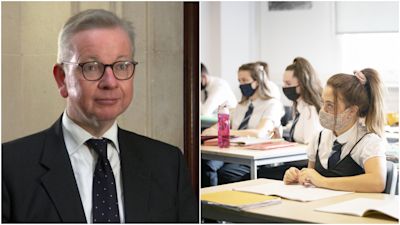
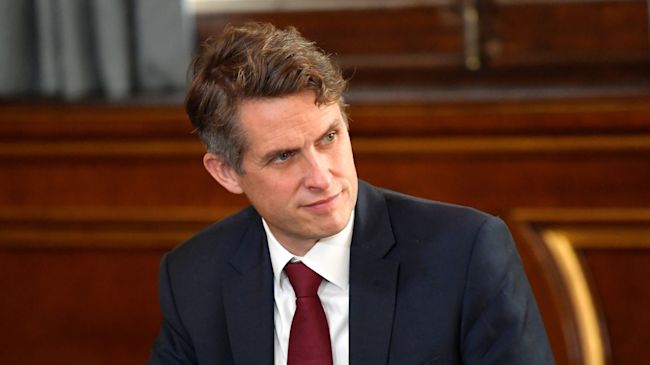

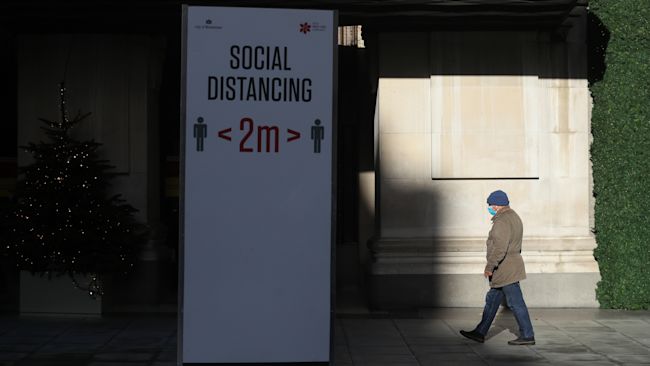
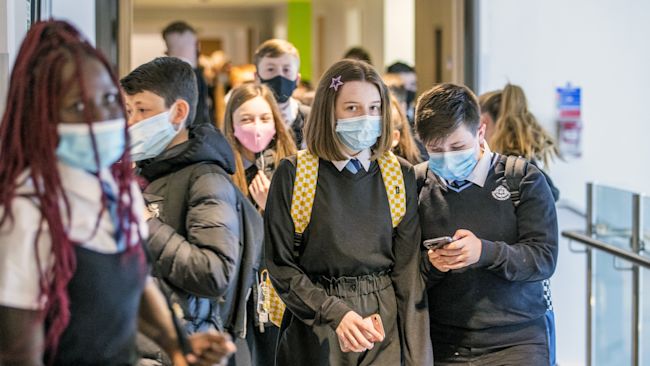
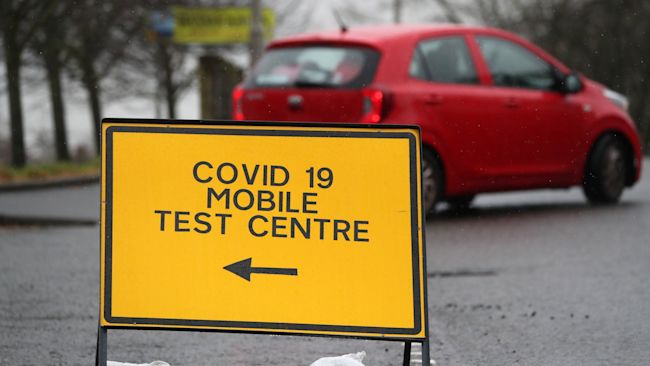
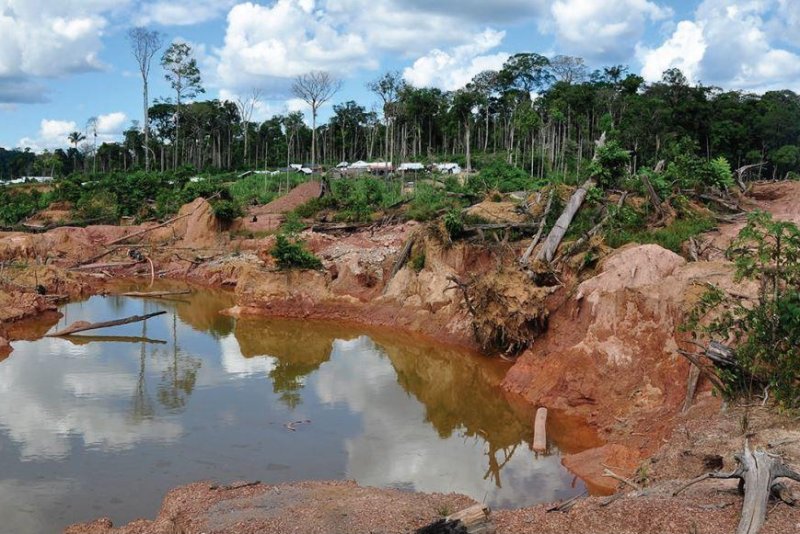


 With no background in academia but an insider’s understanding of the digital ad world and a stack of economics books, Dina Srinivasan wrote a paper with a novel theory: that Facebook harmed consumers by extracting more and more personal data for using its free services.
With no background in academia but an insider’s understanding of the digital ad world and a stack of economics books, Dina Srinivasan wrote a paper with a novel theory: that Facebook harmed consumers by extracting more and more personal data for using its free services.



 © Photograph by JAXA/PLANET-C Project Team
© Photograph by JAXA/PLANET-C Project Team





